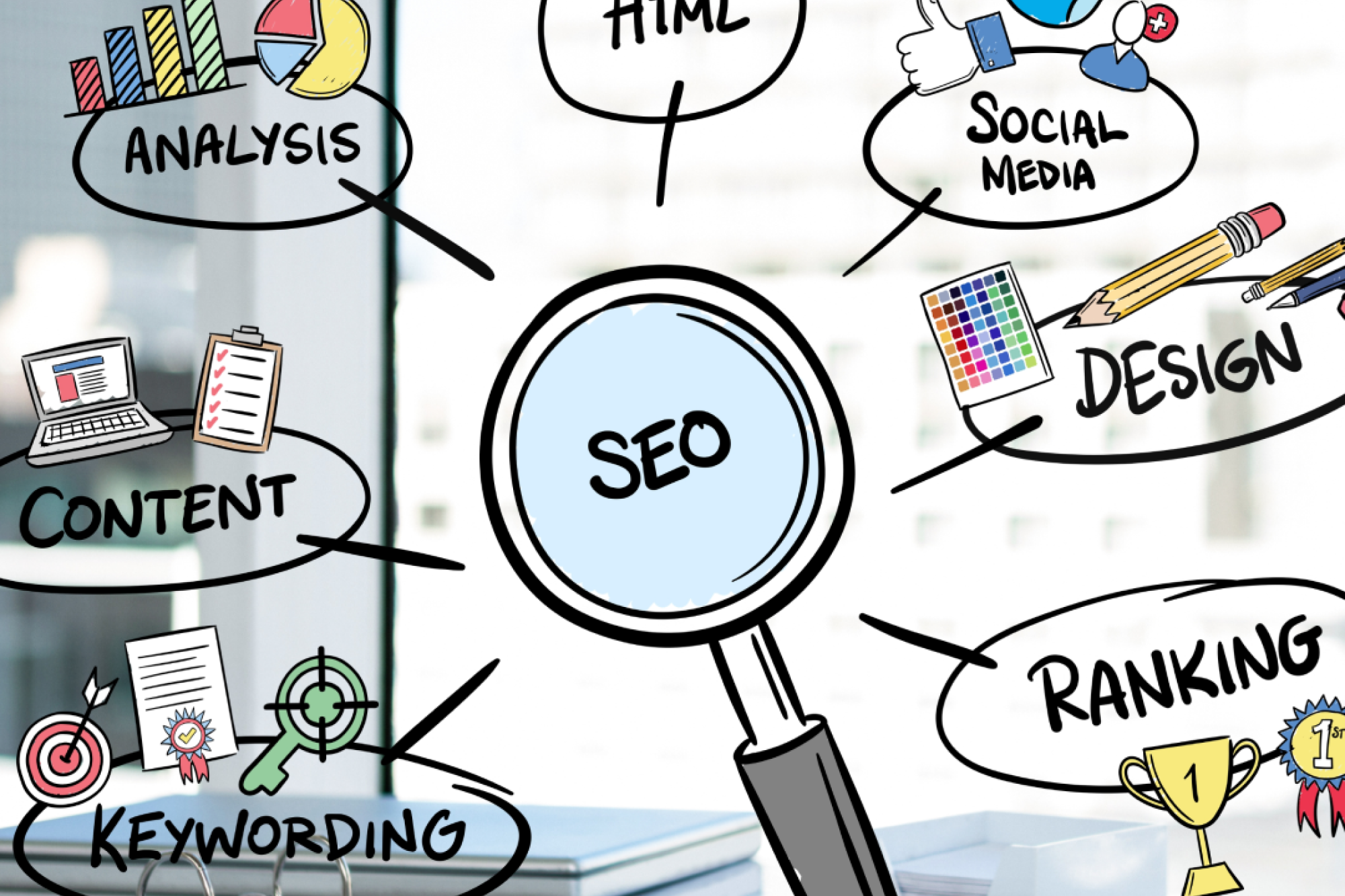Choosing the right drivers is a non-negotiable for last-mile carriers, logistics firms, and fleet owners in 2025. However, misunderstandings about CDL driver recruitment versus non-CDL driver recruitment frequently lead to expensive delays, problems with compliance, and inefficiencies in operations. In today’s fiercely competitive logistics environment, choosing the incorrect driver category can lead to costly fines, safety incidents, and exorbitant hiring costs, difficulties that no fleet can afford.
This thorough guide explains commercial driver license requirements, skill differences, costs, timelines, and compliance factors so you can confidently navigate CDL vs. non-CDL hiring. It also emphasizes how MetroMax BPM’s experience in recruitment can speed up hiring while lowering costs and risk.
CDL vs. Non-CDL Driver Recruitment: What’s The Difference And Why It Matters
At the core of fleet operations, CDL driver recruitment focuses on drivers who possess the federally required Commercial Driver License needed to operate specialized or heavy vehicles, such as large trucks and tractor-trailers. Strict commercial driver license requirements, such as knowledge and skills tests, medical examinations, and continuous safety regulations, must be met by these drivers.
On the other hand, non-CDL driver recruitment targets drivers who drive smaller commercial vehicles, like delivery vans or box trucks, that don’t need a CDL and typically just need a regular state driver’s license.
This distinction has significant implications. When a CDL is legally required, hiring a non-CDL driver exposes your fleet to serious regulatory risks and possible fines. On the other hand, because CDL drivers require more training and higher pay, hiring them unnecessarily raises operating costs.
Maintaining a safe and successful fleet depends on understanding these distinctions in order to optimize hiring, guarantee compliance, and control expenses.
What Are The Essential Commercial Driver License Requirements For CDL Recruitment?
Effective CDL driver recruitment requires a thorough understanding of the commercial driver’s license requirements.
- Federal Oversight: The Federal Motor Carrier Safety Administration (FMCSA) oversees CDLs across the nation to standardize driver requirements.
- Age Requirements: Drivers must be at least 18 years old to operate within the state and 21 years old to drive across the state.
- Medical Certification: The driver’s compliance with physical fitness and vision requirements is attested by a valid DOT medical card.
- Testing Requirements: Written knowledge tests and a practical skills test covering vehicle operation, safety procedures, and endorsements are required of candidates.
- Background and Drug Screening: Compulsory background checks and drug/alcohol tests are the two essential elements of compliance.
- Special Endorsements: Additional certification and testing are needed for additional licenses for passenger cars, tankers, or hazardous materials.
Following these commercial driver license requirements reduces the possibility of expensive infractions or business disruptions and guarantees that your hiring of CDL drivers is compliant with the law.
Key Differences In Skill Sets And Job Roles: CDL vs. Non-CDL Drivers Explained
Understanding the different skill sets and responsibilities is necessary for effective CDL vs non-CDL hiring.
CDL Drivers:
- Competent in operating heavy-duty trucks and tractor-trailers, among other large commercial vehicles.
- Knowledgeable about hours-of-service laws, federal safety regulations, and vehicle inspection procedures.
- Trained in intricate skills such as backing, trailer coupling, and handling hazardous materials when approved.
- Frequently assigned to heavy freight transportation, cross-state travel, and long-distance routes.
Non-CDL Drivers:
- Competent in driving smaller trucks and lighter commercial vehicles, such as vans, which are perfect for deliveries in cities.
- Centred on effective last-mile delivery, precise route finding, and satisfying client interactions.
- In charge of overseeing smaller loads while placing a high priority on time management and service excellence.
- Usually tasked with local and short-distance delivery services.
Safety, operational effectiveness, and customer satisfaction, all essential components of effective fleet management, are improved when driver skills are matched to job demands.
Cost Comparison: How CDL And Non-CDL Driver Recruitment Impact Your Fleet Budget
Cost factors are a major factor for CDL driver recruitment versus non-CDL driver recruitment.
Costs of Hiring CDL Drivers:
- The average cost per hire, including background checks, drug tests, medical examinations, and lengthy onboarding, is between $7,000 and $12,000.
- Higher wage requirements show specialized skills and compliance demands.
- Additional expenses may include verification of endorsements and retention incentives resulting from a lack of drivers.
- Because large commercial vehicles carry a higher risk, hiring CDL drivers is frequently accompanied by higher insurance premiums.
- Continuous compliance training and certifications raise the long-term costs of hiring CDL drivers.
Costs of Hiring Non-CDL Drivers:
- Usually 30–50% less expensive, with an average hire costing $3,500–$6,000.
- Less strict requirements for commercial driver licenses lead to lower screening and training costs.
- Overall cost efficiency is influenced by lower wages and quicker onboarding.
- When concentrating on non-CDL driver recruitment, lower insurance rates for smaller cars result in lower overall operating costs.
- In non-CDL roles, a faster driver turnover rate may result in ongoing recruitment costs, necessitating effective hiring practices.
Fleet owners can strategically budget and prevent overspending during CDL vs non-CDL hiring by having a clear understanding of these costs.
Typical Hiring Timelines For CDL vs. Non-CDL Drivers And How To Avoid Delays
Fleet operations are directly impacted by recruitment speed:
CDL Driver Hiring Timelines:
- The CDL driver recruitment typically takes four to six weeks because of extensive testing, medical certifications, and regulatory documentation.
- Verifying endorsements, finishing drug tests, and the lack of suitable applicants can all cause delays.
- These timelines may be further extended by market demand for CDL drivers.
- Lead times for CDL driver recruitment are frequently lengthened by seasonal variations in the trucking industry.
- Additional delays in hiring CDL drivers may result from coordination between several agencies for license verification.
Non-CDL Driver Hiring Timelines:
- Hiring usually takes one to three weeks, with fewer licensing and compliance requirements.
- Onboarding is accelerated by expedited verification and simplified background checks.
- The non-CDL driver recruitment cycles may be more frequent but faster in the last-mile delivery industry due to high turnover rates.
- The hiring and onboarding process for non-CDL drivers is frequently shortened by flexible work schedules.
Fleet owners should use recruitment partners like MetroMax BPM, which specialize in expedited hiring solutions, or proactively plan recruitment cycles to avoid operational bottlenecks.
Common Compliance Challenges In CDL vs Non-CDL Hiring And How To Navigate Them
One of the main challenges in CDLs vs non-CDL hiring is compliance:
Risks of CDL Hiring Compliance:
- Employing drivers without first confirming that they meet all commercial driver license requirements could result in expensive FMCSA fines.
- Operations may be halted if DOT drug and alcohol testing procedures are not followed.
- Careful supervision is needed to keep an eye on vehicle inspections and hours of service.
- Maintaining the latest physical examinations and medical certifications is essential for continued compliance.
- Passing FMCSA audits requires maintaining correct driver qualification files and training records.
Non-CDL Hiring Compliance Risks:
- It is crucial to make sure drivers possess the state and local licenses required for their vehicle class.
- Operations are protected by confirming insurance, safety policy compliance, and customer service standards.
- Legal penalties can be avoided by avoiding infractions regarding incorrect licensing or misclassification.
- The risk of non-compliance is decreased by keeping abreast of state-specific licensing changes.
- Regularly implementing driver safety training lowers liability and improves compliance.
By managing regulatory documentation, conducting regular compliance audits, and conducting extensive screening, MetroMax BPM’s hiring procedure tackles these issues and keeps your fleet completely compliant and audit-ready.
How MetroMax BPM Simplifies CDL And Non-CDL Driver Recruitment For Faster, Compliant Hiring
Due to the difficulties involved in hiring CDL and non-CDL drivers, there are several benefits to outsourcing to professionals like MetroMax BPM:
- Talent Access: To meet your operational requirements, we keep an approved database of certified CDL and non-CDL drivers.
- Compliance Knowledge: Our staff makes sure each applicant satisfies all legal requirements and commercial driver’s license requirements.
- Faster Hiring Cycles: MetroMax BPM cuts hiring times by up to 30% by utilizing industry networks and technology.
- Cost Savings: Targeted hiring reduces the overall cost of hiring by minimizing hidden costs.
- Tailored Solutions: We provide scalable recruitment strategies to independent last-mile carriers, FedEx ISPs, Amazon DSPs, and OTR operators.
- Post-Hire Support: Fleet safety and regulatory compliance are maintained through ongoing compliance monitoring and performance tracking.
Fleet owners benefit from faster, more compliant, and more economical CDL vs. non-CDL hiring when they work with MetroMax BPM.
Quick And Easy Checklist: Which Driver Type Does Your Fleet Need
1. Do you drive combination trucks, or do your cars weigh more than 26,001 pounds?
Yes? Hiring CDL drivers is necessary.
2. Do your drivers transport hazardous materials or cross state lines?
You? You have to hire drivers who meet the requirements for a commercial driver’s license (CDL with endorsements).
3. Do you use smaller trucks or vans that are subject to CDL weight limits for local deliveries?
Yes? Hiring non-CDL drivers is the best course of action.
4. Does your fleet need to adhere to DOT and FMCSA regulations?
Yes: Make sure drivers always fulfil the requirements for a commercial driver’s license.
Are you unsure of which driver type is best for your operation? For knowledgeable advice on CDL vs. non-CDL hiring, get in touch with MetroMax BPM.
Conclusion
Selecting between hiring CDL and non-CDL drivers is a strategic choice that affects safety, cost, operational effectiveness, and compliance. Making better hiring decisions is made possible by having a thorough awareness of the requirements for commercial driver’s licenses, driver skill sets, recruitment expenses, and schedules.
Your recruitment difficulties can be turned into a competitive advantage by outsourcing to a professional like MetroMax BPM, which can provide qualified, compliant drivers more quickly and at a lower cost.














